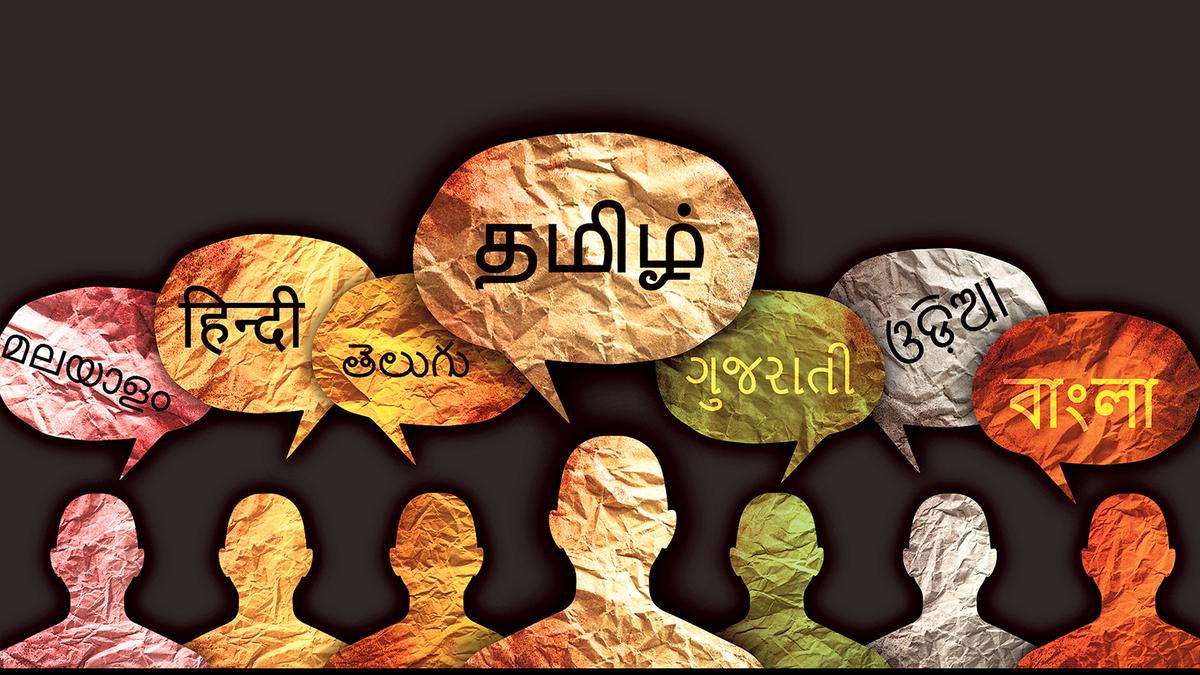
International Translation Day | The power of community for India’s young translators
The Hindu
Indian translators are increasingly entering the field, driven by enthusiasm for books in their mother tongue. Mentorships, fellowships, grants, and agent representation are available, as well as opportunities in academia, competitions, and literary journals. Translators often have to supplement their income with other gigs, and the pay is often low. Despite the challenges, the potential for young translators to find work is growing.
The 2022 International Booker win for Geetanjali Shree’s Tomb of Sand, translated from the Hindi by Daisy Rockwell, is widely considered a watershed moment for Indian translation. And sure enough, the buzz around translations has picked up since then. There are more translators entering the field today than ever before.
Author and translator Arunava Sinha, who both teaches and mentors young translators, says, “They are coming out of everywhere, and with an enthusiasm for books in their mother tongue. What is very interesting is that we are getting more people who are working in Marathi and Gujarati and Odia and Assamese, and even languages like Maithili and Rajasthani.”
So, what kind of opportunities exist today for an emerging translator in India? As I begin to reach out to people to find out, every translator I contact leads me to the next. I’m sent names and contact details, given information about this course or that module, and a pattern begins to emerge. I call it a pattern, but there’s a better word for it, of course — community.
The power of community, and the very real ways in which it affects and shapes an emerging translator’s career today can’t be stressed enough. Not only does it offer support and encouragement, it can also open very real and career-changing doors.
When Priyamvada Ramkumar — who translated Stories of the True, noted writer Jeyamohan’s collection of stories, from the Tamil — first began working, she knew little about how to reach out to publishers. So, she got in touch with the two veteran translators whose work she knew and respected — N. Kalyan Raman and Srinath Perur. “I wrote to them out of the blue. They didn’t know me.” But both Perur and Kalyan Raman were generous with their advice. “Kalyan even put me in touch with Kanishka Gupta of Writer’s Side, a literary agency.” Gupta was impressed with Ramkumar’s work and now represents her.
There are many such anecdotes — about chance introductions that more often than not lead to important conversations, and formal or informal mentorships. They also lead to fellowships, grants, funds, agent representation. Gupta says that every submission he receives from a young translator today comes with either an introduction or a nudge from a more-experienced translator such as Rockwell, Sinha or Rita Kothari. The mentors, he says, are “so ferociously protective of their mentees that they are sometimes more attentive to the terms and remunerations of those contracts than to their own”.
Access to this community, though, can be a privilege, and some of that can come a young translator’s way via academia. Slowly, as more universities begin to offer translation courses, students have a higher chance of meeting and interacting with experienced translators. Pallavi Narayan, associate professor with Ahmedabad University, teaches the Post Graduate Diploma in Translation and Creative Writing, which began in 2022. It has since its inception, had several prominent guest lecturers, including Rockwell, Jerry Pinto, Kothari, and Alvaro Salazar, Head of Translation at Chile’s Universidad Catolica de Temuco.

The girl, who was admitted to Aster CMI Hospital with alarming breathlessness and significant pallor, was diagnosed with Wegener’s Granulomatosis (now known as Granulomatosis with Polyangiitis or GPA), a rare autoimmune condition that causes spontaneous bleeding in the lungs, leading to acute respiratory failure.

ACB files case against IPS officer N. Sanjay in Andhra Pradesh. The official is accused of manipulating the tender processes for awarding contract for development and maintenance of AGNI-NOC portal, and conducting awareness meetings for SC/STs. It is alleged that the total value of properties stolen, or involved in the case is estimated at ₹1,75,86,600.









